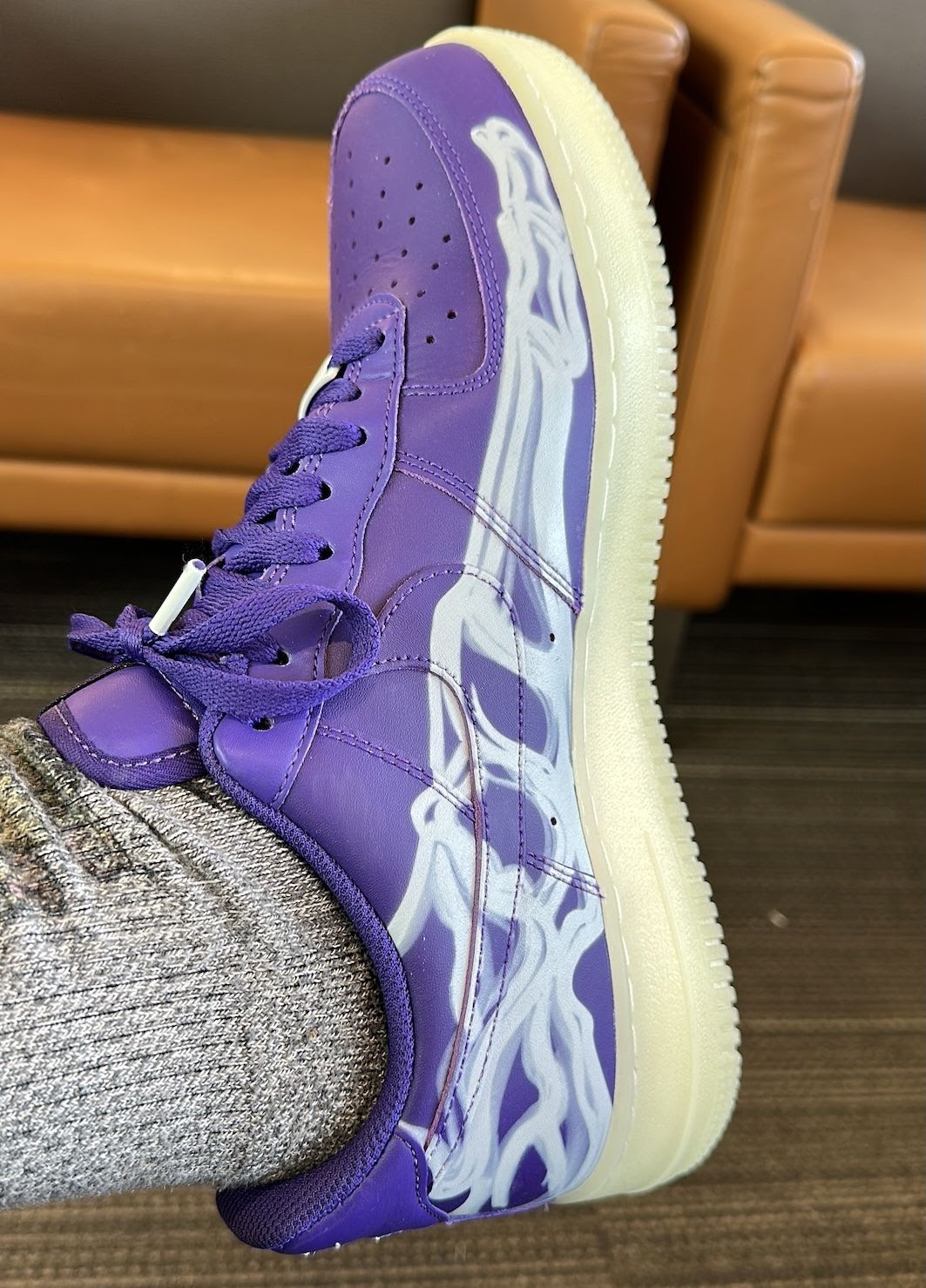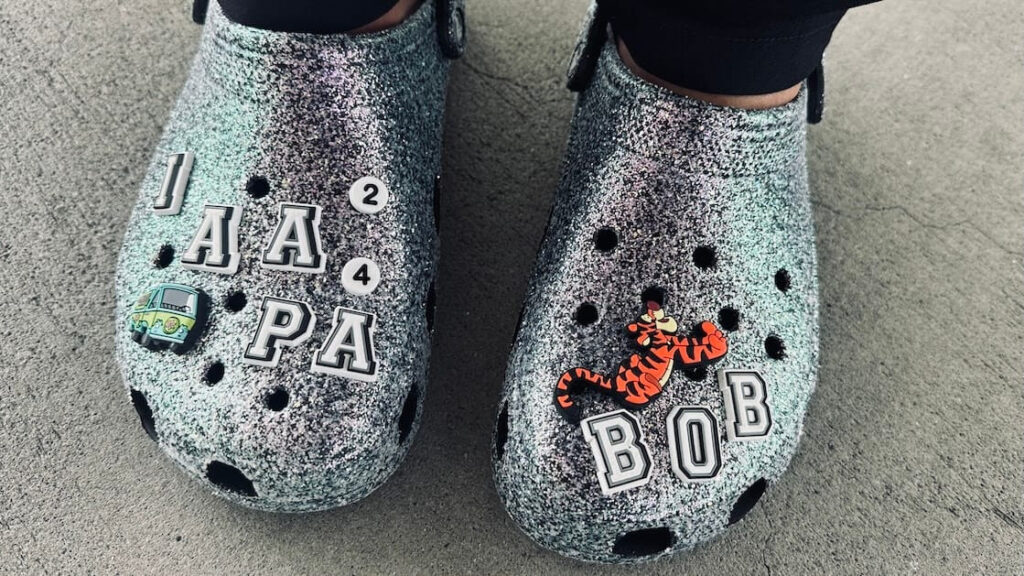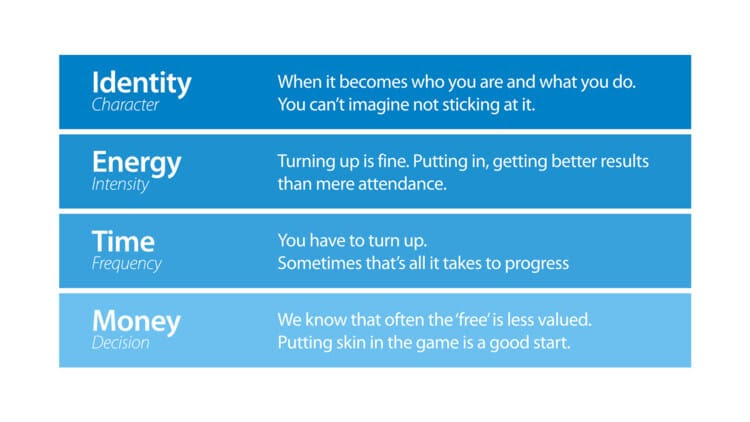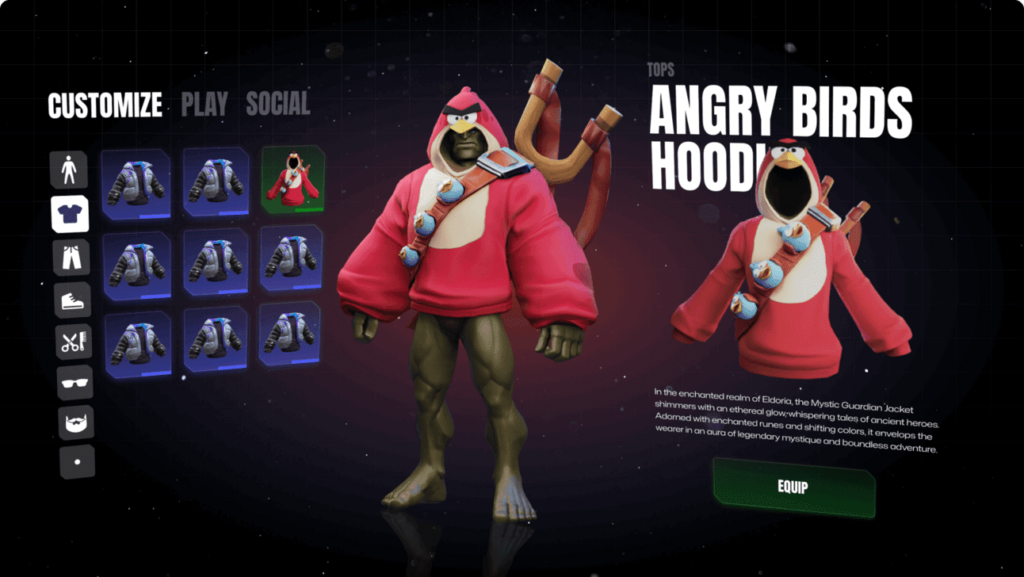
The most important thing you can do to prepare for a massive trade show like IAAPA is to get comfortable shoes. Every year I try to have some kind of cool, but comfy footwear. It’s become such a thing that people started gifting me IAAPA shoes, like these rare glow-in-the-dark Nikes from Nick DiMatteo last year.
I was wandering the outlet center this year and saw a Crocs store. I was curious, as they’ve become big since the pandemic. I didn’t get it, so I thought I would check it out. The store was packed—like 4 AM on Black Friday at Wal-Mart. I spied these sparkly ones on the clearance rack for only $59. As I moved towards the checkout line, I saw these things called Jibbitz – they’re like charms for your shoes. I realized that Crocs has become a platform for personal expression. It’s brilliant.

They price them so you get discounts for bulk purchases. One is $5, but if you buy five, you get three free, and 13 gets you another 13 for free. I picked out eight and left happy with my purchase. But as soon as I got home, I realized I should have bought the IAAPA letters! So, a $25 Uber back to the outlet mall and another $25 worth of Jibbitz, and I had my show shoes. I’d spent $100 (including Uber) to decorate $59 shoes, which shows you the power of personalization.
Jibbitz were started by a couple in the basement of their home in Boulder, Colorado in 2005. A year later they sold it to Crocs for $10,000,000. Last year Crocs sold $250 million worth of Jibbitz, up 17% from the prior year.
We’ve never seen a time when self expression was more profitable. A few weeks ago I wrote about the VR game Gorilla Tag. If you missed it, it’s worth a read. It’s the Fortnite for Generation Alpha, and a proof point that kids are the driving force of VR adoption. In that piece I write that…
Gorilla Tag, a FREE game, crossed the $100 million revenue threshold in June of 2024.
How did a free game generate $100,000,000 in two years? Players buy things to customize their avatars. It’s a means of self-expression. It’s a form of identity. Here’s a video of a kid who ran a fashion show competition in Gorilla Tag. It’s quick way to see what I mean.
Operators and developers talk about “replay value” all the time. It could be the most overhyped and under-delivered concept since…umm…”virtual reality.” I have yet to see a VR game deliver measurable replay value in mass scale. Replay requires commitment by the player. They could be committed to improving their skills, (Esports) climbing the leaderboard (Golden Tee) or winning money prizes (redemption games.)
There are different levels of commitment. Matt Church, the founder of Thought Leaders Business School, has a model for this.

Matt says that money is the lowest form of commitment. And the highest form? Identity.
Gorilla Tag lets players pay to customize their avatar as a means of identifying AS the character.
I see myself as someone who wears loud comfortable shoes at trade shows. My shoes are an expression of my identity. So I am willing to pay a ridiculous amount of money to customize my Crocs for four days at IAAPA. And be comfy.
Stanford University has conducted research on how using VR with customizable avatars impacts one’s sense of identity. More research is sure to come. But suffice to say that how we show up in VR can change how we feel about ourselves.
For LBE operators, customizable avatars are potential low-lying fruit for increased engagement of players and repeat play. But it will require cooperation across the ecosystem.
Creative Works has build some very basic persistent avatar customization into its Limitless VR system. And other games let you pick outfits, hats, and weapons, but only for the current game. For avatars to be become a hook for player identity, and potentially a catalyst for repeat play, the avatar system needs to work across multiple gaming systems.
Unlike Gorilla Tag, where the average player session is about an hour, location-based VR games last 5-25 minutes, with most clocking in around 10 minutes. That’s hardly enough time to pick out a hat and a weapon. And since I am probably going to be playing a different game next, why bother building a meaningful avatar?
But what if I could take my avatar with me from game to game, platform to platform, and even location to location? Now my identity becomes part of the game experience no matter which game I play. My play generates rewards redeemable for in-game goods. As I level up my skills, my avatar represents my skill level. Eventually my avatar could even become famous.
There’s already a platform that enables this entire system. It’s called Ready Player Me.

Ready Player Me is a platform for custom avatar creation in VR. It works with Unreal and Unity. Its next gen system enables companies to build their own player-facing customization portals. They integrate with branded IP licenses, like Angry Birds.
I’ve chatted with their founder, Timmu Tõke, and he’s open to LBE licensing. Their platform is free to integrate. They make money by taking a percentage of revenue from avatar skins and in-game assets sold.

For three decades I’ve been working at the intersections of profitable business models, technology, and LBE. The first cost effective laser tag system. The first affordable VR arcade system. The most profitable online downloading jukeboxes. And each time, getting the industry to see it felt like that.

At IAAPA, the overwhelming narrative this year was, “where’s the innovation?” Where’s the thing that’s going to take the industry to the next level? Is it really one more game on one of 35 free roam platforms? Or My Little Pony VR 2? We need to think about the players, and how can we engage them that both feels familiar to them (how they play games at home) but is markedly different (arcades are still cool.)

If you’re an operator, and you find this compelling, ask for it when you talk to VR suppliers. If you’re a supplier, instead of building the 9th game on your platform, this could be a good place to put a development team next year. And no matter who you are, come to the VR Arcade and Attractions Summit in March. Because this is the shit we talk about.
Stay Immersed,
Bob
PS – This is NOT a paid post – I have no relationship with Ready Player Me
PPS – It’s amazing how buying a pair of Crocs led to this thinking. Life is so random.


